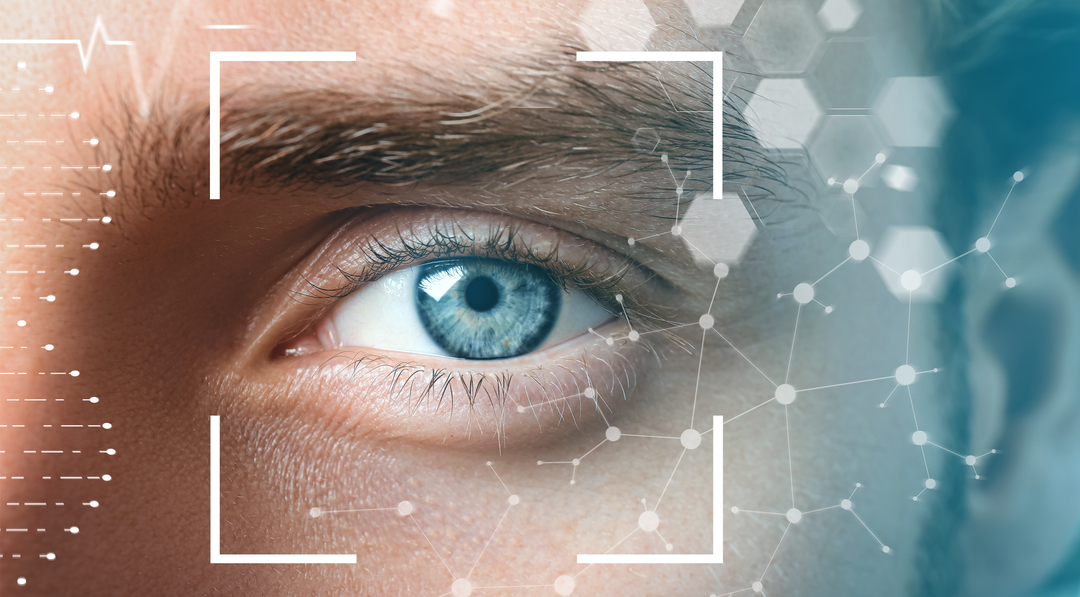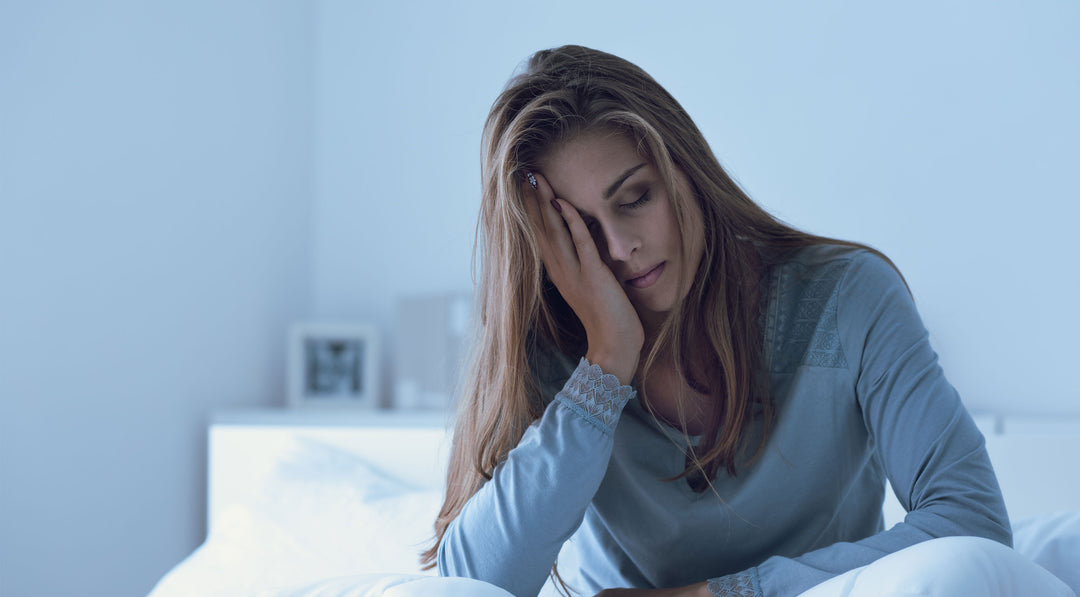Seasonal depression, how to get rid of it?

seasonal depression
Seasonal depression , or seasonal affective disorder (SAD), is a depression induced by the decrease in the intensity of external light. It therefore occurs mainly in autumn or winter.
From a medical point of view, we talk about seasonal depression when symptoms appear every year at the same time, for at least 2 consecutive years and persist until the arrival of spring and the increase in outdoor light intensity. .
In winter, the days are shorter and the brightness lower. A sunny summer day can perfectly be measured at 100,000 lux (unit of measurement of luminosity) while we arrive just at 2000 lux for a rather cloudy winter day.
Degrees of luminosity: a few benchmarks...
- Sunny summer day: 50,000 to 130,000 lux;
- Sunny winter day: 2,000 to 20,000 lux;
- Inside a house: 100 to 500 lux;
- In a well-lit office: 400 to 1,000 lux.
In 1984, Dr. Norman E. Rosenthal, a researcher at the National Institute of Mental Health, was the first to demonstrate the link between light and depression. He participated in the medical definition of seasonal depression. By noting that exposure to a particular artificial light could improve the condition of people suffering from depressive symptoms during the winter season, he thus demonstrated the role played by light on the internal biological clock and mood.
What are the symptoms ?
A number of characteristic symptoms of seasonal depression can be observed:
- Irritability and moodiness throughout the day,
- State of chronic fatigue, drowsiness during the day and difficulty getting up in the morning
- Loss of interest and lack of initiative
- Lack of concentration
- Impression of being slowed down or on the contrary agitated
- Significant need for sleep
- Decreased productivity at work or in studies
- Decreased libido
In response to these states, the individual may sometimes adopt compensatory behaviors by consuming more alcohol or succumbing to uncontrollable cravings for sweet foods. These drifts often lead to weight gain. Symptoms gradually disappear in the spring or when traveling under the sun.
When does seasonal depression start ?
From October until the end of March, but more particularly in November, December and January. It appears when the outside luminosity decreases, in autumn-winter.
How to beat her?
As the seasonal depression follows a lack of light, it is generally enough to fill this lack to regain all its energy.
Even if spending a lot of time outdoors might seem like a good solution, this is generally insufficient given the low intensity of the sun's rays in autumn-winter.
Widely recognized for treating the symptoms of seasonal depression, light therapy, a form of phototherapy (therapy that uses light), consists of exposing yourself daily, at a set time, to high intensity white light.
We recommend an exposure of approximately 30 minutes per day to a lamp with a light intensity of 10,000 lux or 480 nanometers. The morning remains the best time of day for optimal results.
Numerous studies confirm the effectiveness of light therapy in the majority of people who try it.
In general, an effect on the symptoms is felt from 2 to 4 days of practice, but 4 weeks of use are often necessary before observing a clear improvement and measurable biological changes.
Ideally, treatment begins in September or October and continues until spring.
Why use a light therapy lamp?
In order to obtain optimal efficiency, light therapy must be practiced with a lamp specially designed for this purpose. An intensity of 10,000 lux or a wavelength of 480 nanometers at 30 cm is required to achieve the desired effect. On the market, there are many lamps that are much less expensive but therefore much less powerful. For a lamp that displays 2000 lux, the exposure time will be multiplied by 5, so 2h30 of exposure per day.
Another equally important point is to ensure that the lamp emits a complete light spectrum free of any harmful rays. A product bearing the IEC62471 standard will reassure you on this point.
Ideally, the light source should be placed at eye level, at a distance of 30 cm to 60 cm. You don't have to look at the light, it just has to be in the field of vision.
A new generation of portable lamps, in the form of glasses, arrived on the market a few years ago. They only emit cyan blue light, which is at a wavelength of about 480 nanometers. According to some studies, it is mainly this spectrum of light that acts on the hormones of the circadian cycle. Compact, light and nomadic, light therapy glasses are perfect for people who travel a lot or those who wish to continue their usual activities while carrying out their light therapy session.







